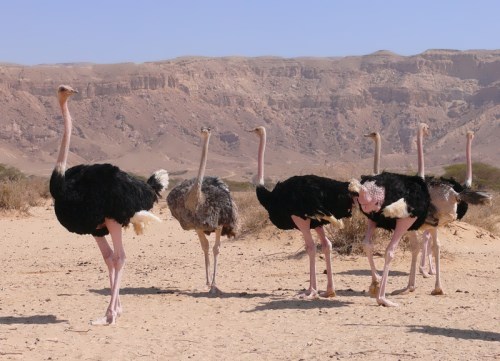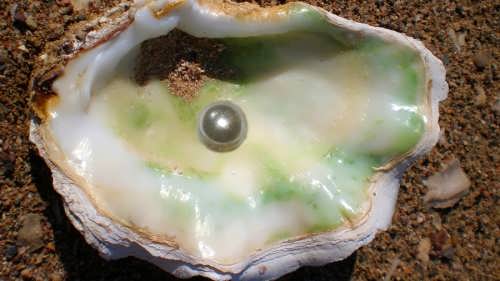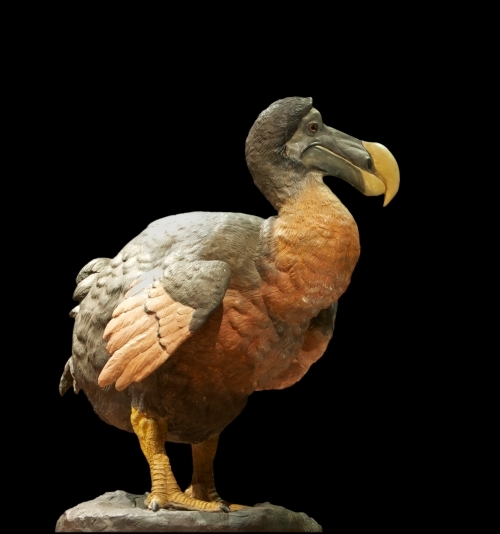Flightless Birds
Millions of years ago, all birds could fly. But as time passed, some birds lost the ability to fly because they did not need to fly to obtain food or escape from predators.
Ostriches are the largest flightless birds in the world. They may be as much as 2.4 m tall and weigh up to 181 kg. They live in Africa. The female’s feathers are almost uniformly brown, while males have a black body with white wing and tail feathers. These large birds have been farmed for more than 150 years, starting in Australia. Ostriches have the largest eyes of any land animal – 5 cm in diameter.
Rheas are similar in appearance to ostriches, but they are smaller and live in South America. They can usually be found in flocks of about 50 birds. The male incubates the eggs of five or six females for about five weeks, and then takes care of the young.
More »






